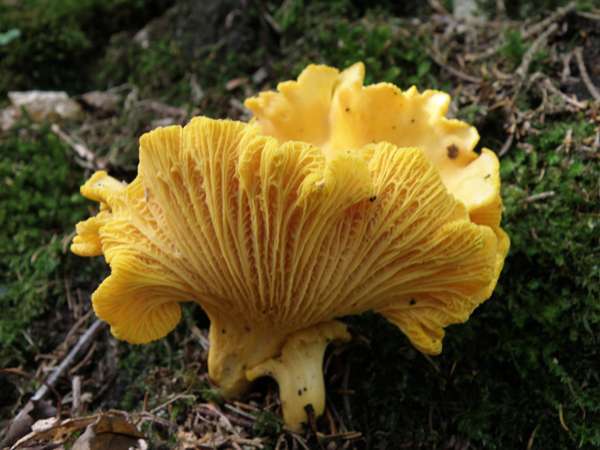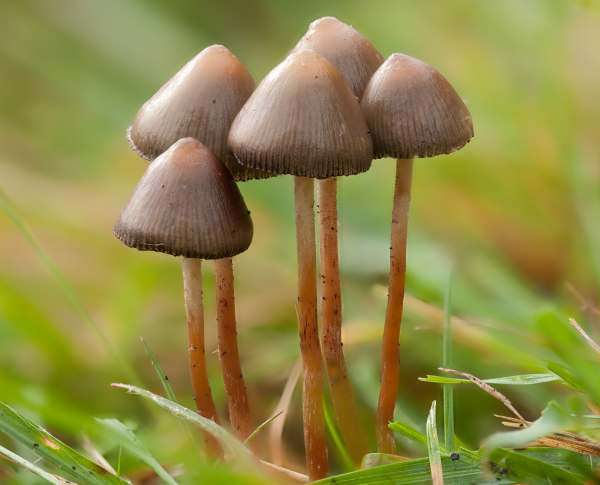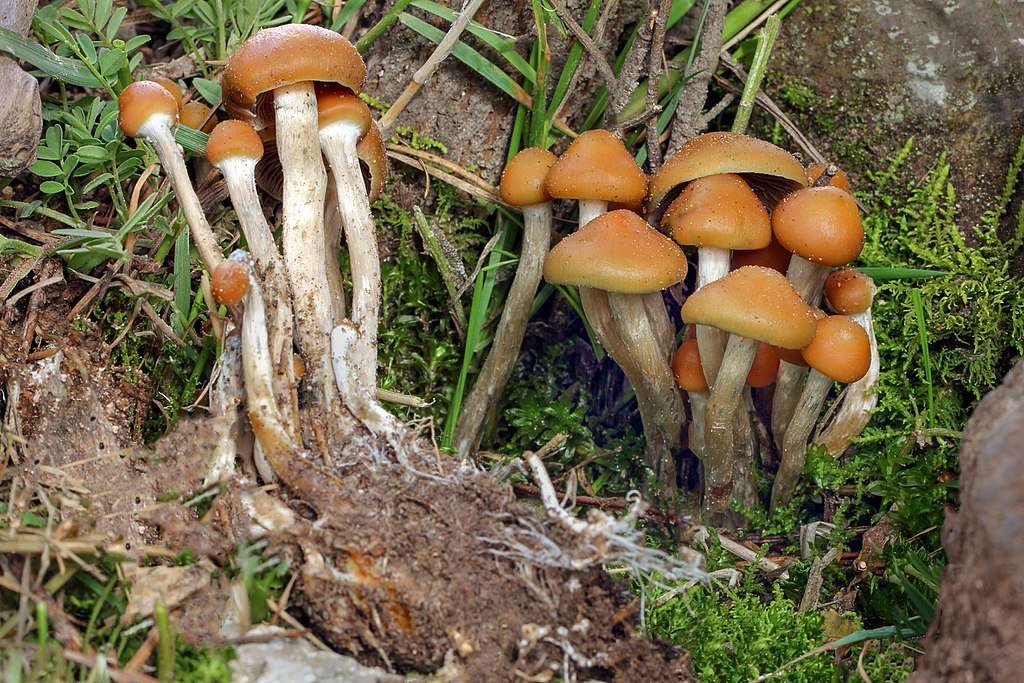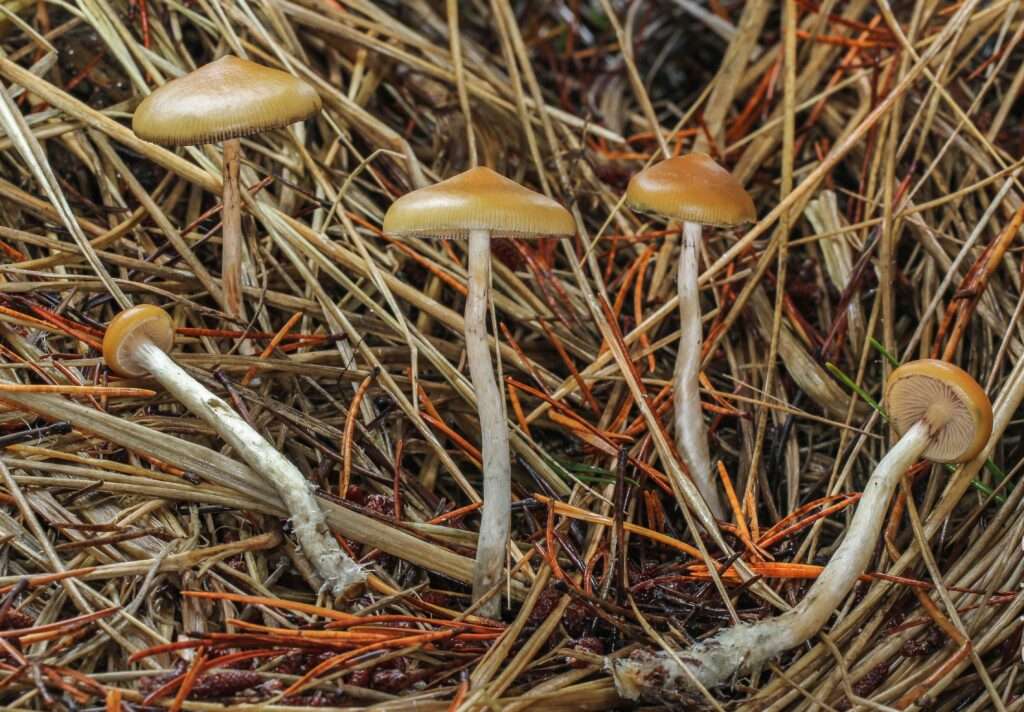
Scientific name
Cantharellus cibarius
Description
Cantharellus cibarius mushroom is a unique and beautiful mushroom that is also called a golden chanterelle mushroom. Their cap has an orange-yellow tint. They have a widely convex form and, when injured, exhibit crimson patches on the top. The cap is funnel-shaped to flat with a depressed center. Its look could resemble a flower. Their smooth, 0.5–6 diameter crown has a silky feel. They are whitish-pink in hue and feature fake gills on the underside. Their spores are ellipsoidal in shape, amyloid in nature, smooth in texture, and have a diameter of 7-11 x 4-6µm. Their spore print is pinkish-yellow in color.
The underside is orange-yellow in hue, with forked, cross-veined ridges with thick edges, and blends into the stalk. The middle stem has a squishy feel. The stem is rounded and smooth. The stem is 1-3 in length and 0.5–1 in diameter. The flavor and scent of chanterelle mushrooms are somewhat apricot-like. It is simple to identify it from mushrooms with possible toxicity that prevent human eating due to its distinctive color and form.

Habitat
Cantharellus cibarius mushroom is native to Europe, Scandinavia, and Mediterranean Basin. They are mostly found in coniferous and deciduous forests. They are also found growing in woods, mossy, grassy, and leafy regions.
Uses/Importance
Cantharellus cibarius chemical compound extracts have initially shown potential in the treatment of several cancers, particularly carcinoma or brain cancer. According to research, ethanol extracts from these mushrooms are more effective than other forms of therapy at preventing the spread of cancer cells. This indicates the diversity of species of mushroom and their potential for the manufacture of cancer-treating pharmaceuticals.
Table





